Summary
The lake is also popular for its scenic surroundings and nearby activities such as hiking, wildlife viewing, and camping.
Fishing tips for Knuckey Lake include using live bait such as minnows or leeches when targeting walleye and northern pike, while artificial lures such as spinnerbaits and crankbaits can be effective for largemouth bass. It is recommended to fish during early morning or late evening hours when the fish are more active.
The best time to visit Knuckey Lake is during the summer months, from June to August, when the average temperature ranges from 60 to 80 degrees Fahrenheit. During this time, the fish are more active and can be caught in shallow water near weed beds or drop-offs.
In addition to fishing, visitors to the area can enjoy hiking the nearby trails, birdwatching, or camping at one of the nearby campsites. Overall, Knuckey Lake is an excellent fishing destination for anglers of all skill levels seeking to catch a variety of fish species in a beautiful natural setting.
Weather Forecast
Nearby Streamflow Levels
Angling Safety Guidelines
Check local fishing rules, seasons, size limits, and license requirements to ensure legal and sustainable angling.
Handle Fish Responsibly
Use wet hands, minimize air exposure, and release fish gently to improve survival rates when practicing catch-and-release.
Choose the Right Gear
Match your rod, line, and tackle to the species and conditions to increase success and reduce unnecessary harm to fish.
Respect the Waterway
Avoid disturbing habitat, prevent bank erosion, and keep a safe distance from spawning areas to protect ecosystems.
Keep It Clean
Pack out all line, hooks, bait containers, and trash—discarded gear can injure wildlife and degrade waterways.
Related Links
Area Campgrounds
| Location | Reservations | Toilets |
|---|---|---|
 Stubler Beach
Stubler Beach
|
||
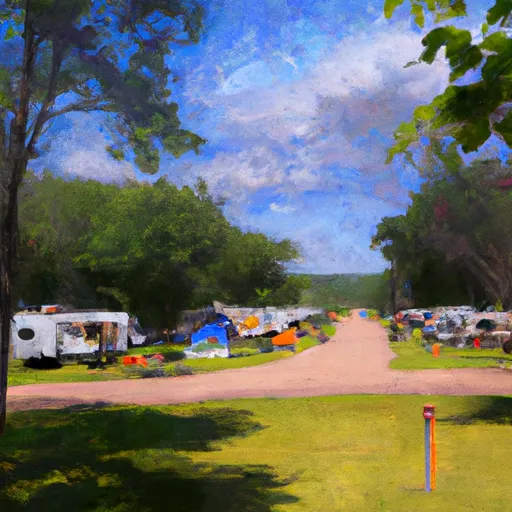 Buhl RV Park
Buhl RV Park
|
||
 Stubler Beach Campgrounds
Stubler Beach Campgrounds
|
||
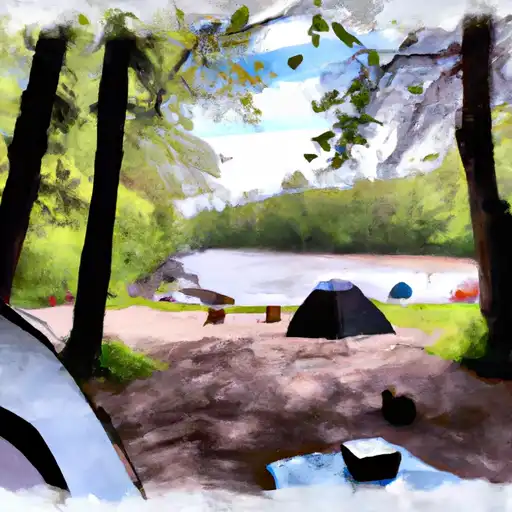 West Two River
West Two River
|

 Dark Lake
Dark Lake
 Camp Four Lake
Camp Four Lake

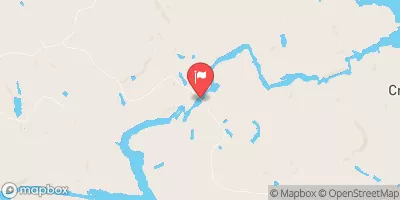
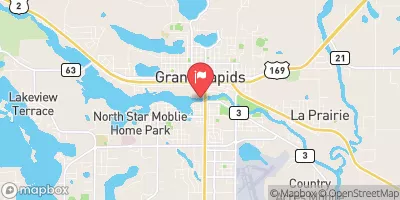
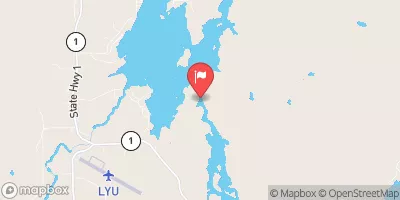
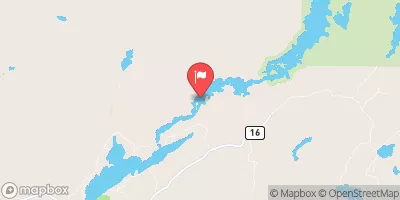
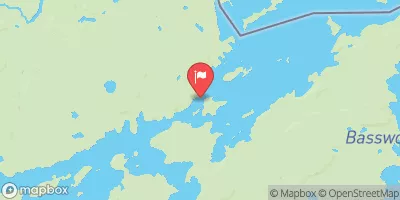
 Minntac Tailings
Minntac Tailings